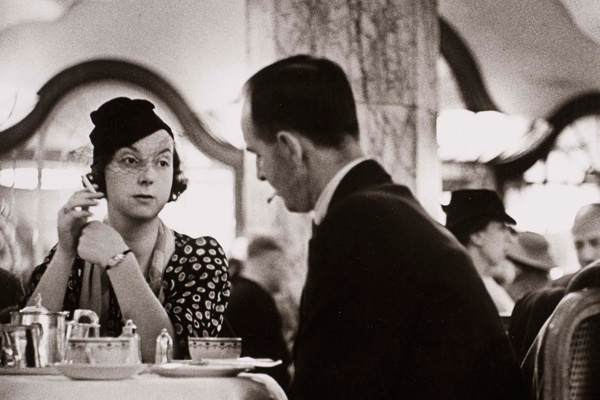Whoever coined the phrase ‘nothing is ever black and white’ had quite obviously never stepped over the threshold of Tate Britain this summer. Another London (until 16 September), a selection of photographs taken by some of the 20th century’s most celebrated photographers, including Henri Cartier-Bresson and Irving Penn, is a two-tone world; a black and white sea of parks and landmarks, crowds and individuals; London’s many faces in the last century (Wolfgang Suschitzky’s ‘Lyons Corner House, Tottenham Court Road’, 1934, above).
There’s something unnerving about seeing London, a city recognised for its vibrancy and multicoloured diversity, depicted in stark monochrome. But, at the same time, black and white photography has the unique ability to create an air of documentary. These photographs are, at times, like stills taken from historical footage of a changing city.
Another London aims to show a view of the capital through the eyes of visitors. Whether this defamiliarising technique works is debatable. Countless images of men in bowler hats aren’t always easy to differentiate from one another, nor clear in conveying anything specific. But the moment we see humanity in a crowd, everything changes. The wide eyes of a teenage girl caught by Bruce Davidson and the bemused smile of a young black woman standing next to ‘Keep Britain White’ graffiti, in Jamaican photographer Neil Kenlock’s snapshot, teach us about the evolution of the city through the experiences of its inhabitants.






Comments